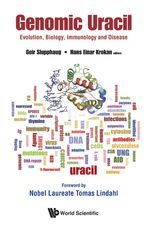
Genomic Uracil: Evolution, Biology, Immunology and Disease
Authors : Geir Slupphaug (Norwegian University of Science and Technology, Norway) and Hans Einar Krokan (Norwegian University of Science and Technology, Norway)
Publisher : World Scientific
ISBN : 978-981-3233-49-2
There are currently no reviews for this book title.
This book describes genomic uracil in evolution, as a DNA constituent in adaptive and innate immune responses and as a mutagenic lesion causing cancer. Genomic uracil is as old as life and may have been a component in self-replicating molecules in the prebiotic era. The first living cells probably contained uracil in DNA, later to be replaced by thymine. The pioneering work of Nobel Laureate, Tomas Lindahl on spontaneous deamination of DNA cytosine to uracil was followed by his discovery of uracil-DNA glycosylase, which initiates repair of genomic uracil in base excision repair (BER). Uracil-DNA glycosylases are found in all forms of life and in DNA viruses, having roles in DNA repair, replication and epigenetics. The surprising discovery of enzymatic DNA cytosine deamination by the AID/APOBEC deaminases subsequently has implicated genomic uracil in the development of human cancer. The aim of the book is to contribute a reference text for graduate students, molecular biologists, immunologists and cancer biologists.
Genomic uracil has become a hot research topic of wide interest after the Nobel Prize in Chemistry 2015 was awarded for DNA repair (Paul Modrich, Aziz Sancar and Tomas Lindahl). Furthermore, genomic uracil has received wide interest among both immunologists and cancer biologists due to its unexpected and fundamental role in adaptive immunity. Genomic uracil, thus, is highly relevant to researchers in different areas of research, but to our knowledge there is no published text that treats genomic uracil in an interdisciplinary way. The authors of this book have in the last three decades worked on genomic uracil and its processing and are among the most highly cited authors in the field.
Genomic uracil has become a hot research topic of wide interest after the Nobel Prize in Chemistry 2015 was awarded for DNA repair (Paul Modrich, Aziz Sancar and Tomas Lindahl). Furthermore, genomic uracil has received wide interest among both immunologists and cancer biologists due to its unexpected and fundamental role in adaptive immunity. Genomic uracil, thus, is highly relevant to researchers in different areas of research, but to our knowledge there is no published text that treats genomic uracil in an interdisciplinary way. The authors of this book have in the last three decades worked on genomic uracil and its processing and are among the most highly cited authors in the field.
Geir Slupphaug, PhD, is Professor in molecular biology at the Norwegian University of Science and Technology. His research on structure-function aspects of mammalian uracil-DNA glycosylase has contributed fundamental discoveries on structure-function aspects, including DNA base flipping in DNA repair. He is currently pursuing coordination of base excision repair with other cellular processes such as replication, epigenetic reprogramming and adaptive immunity.
Hans E Krokan, MD, PhD, is Professor at the Norwegian University of Science and Technology. He has worked in several areas of molecular biology, but with base excision repair and processing of genomic uracil as a main interest. He is generally considered as one of the pioneers in this area.
Hans E Krokan, MD, PhD, is Professor at the Norwegian University of Science and Technology. He has worked in several areas of molecular biology, but with base excision repair and processing of genomic uracil as a main interest. He is generally considered as one of the pioneers in this area.
There are currently no reviews for this book title.
Buy this book, https://www.worldscientific.com/worldscibooks/10.1142/10803, 13575, false
FAQs
Click on the "Buy this book" button
You can email us at book-review@enago.com and we will get back to you with the next steps shortly.
New Releases
-
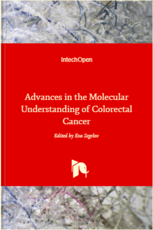
Advances in the Molecular Understanding of Colorectal Cancer
-
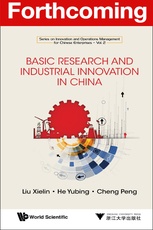
Basic Research and Industrial Innovation in China
-
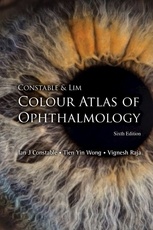
Constable & Lim Colour Atlas Of Ophthalmology: Sixth Edition
-
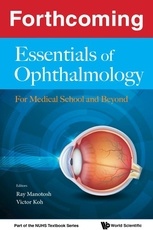
Essentials of Ophthalmology: For Medical School and Beyond
-

Fixed Revenue Accounting: A New Management Accounting Framework
All featured publishers and authors can avail of a free promotional interview on Enago Academy! Write to us now!
